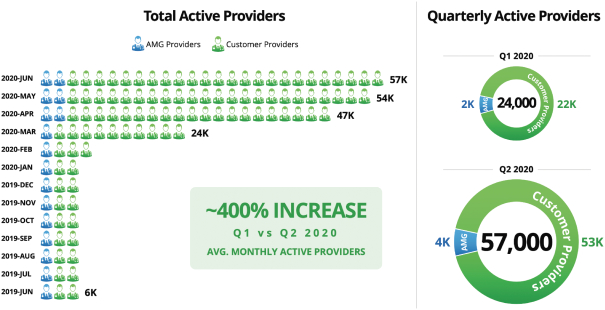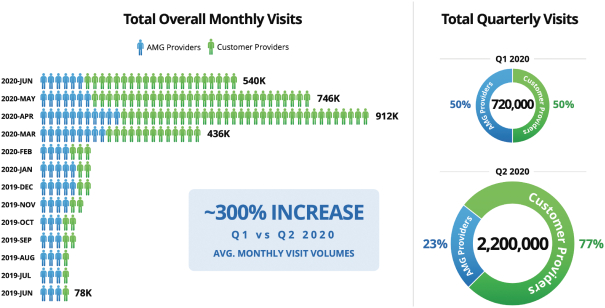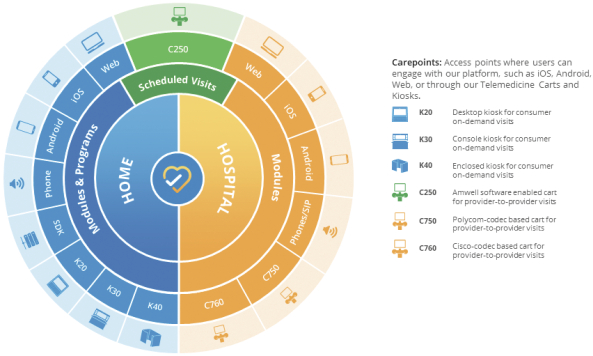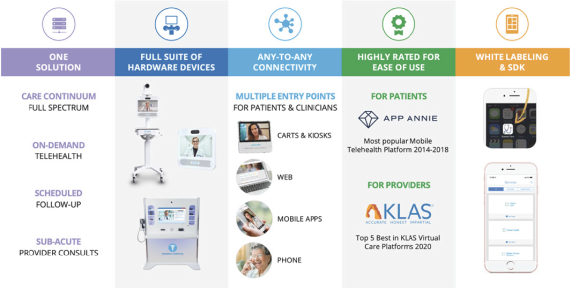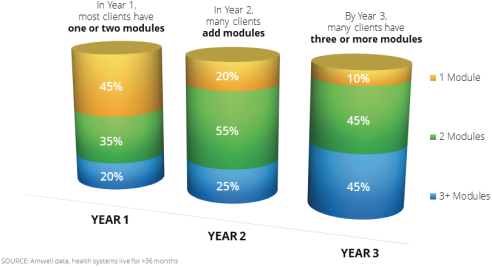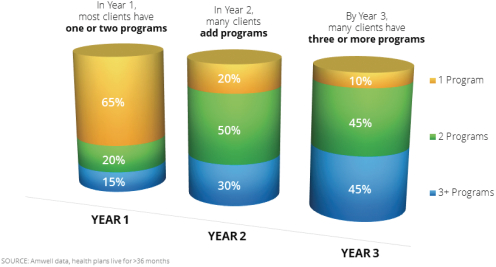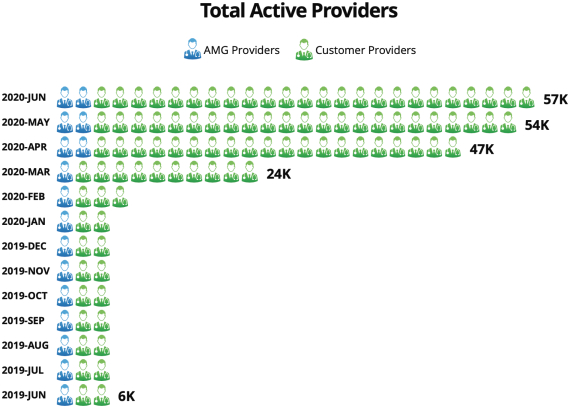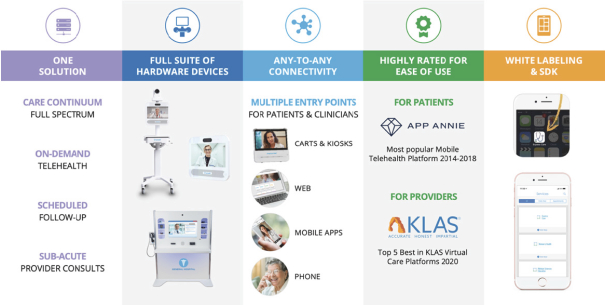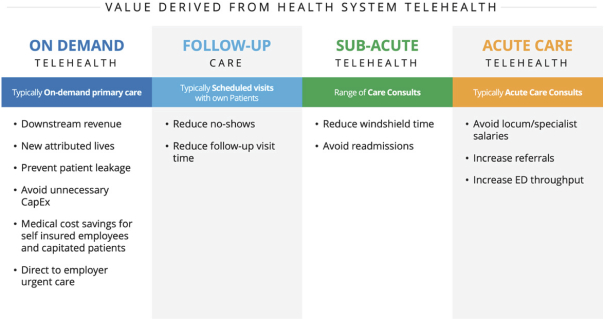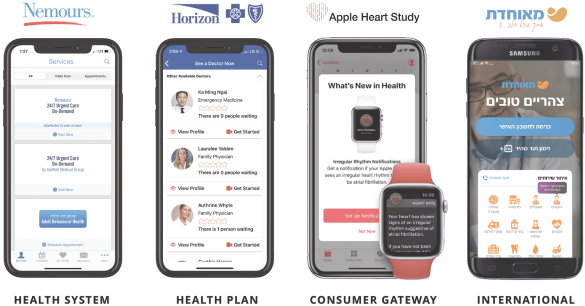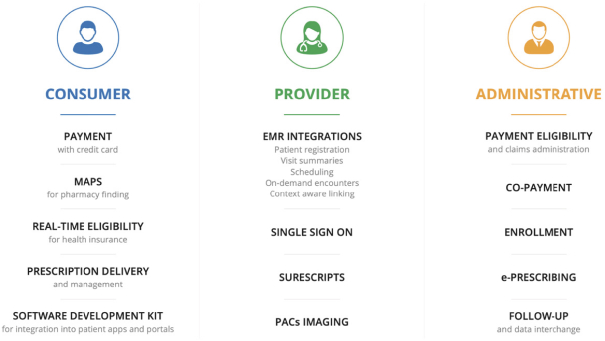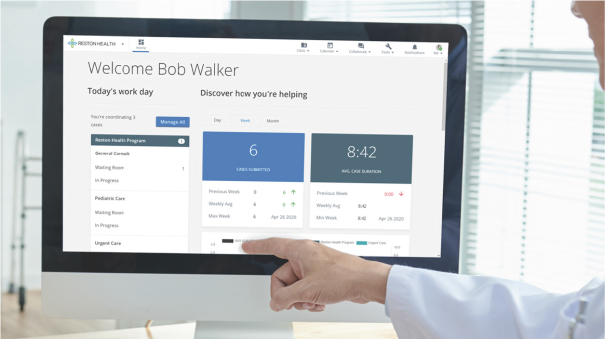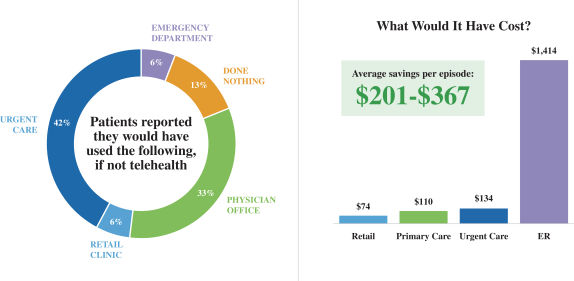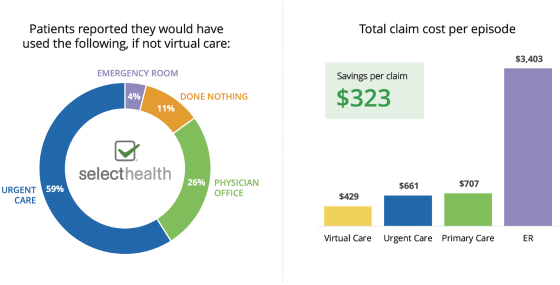The information in this prospectus is not complete and may be changed. We and the selling stockholders may not sell these securities until the registration statement filed with the Securities and Exchange Commission is effective. This prospectus is not an offer to sell these securities and we and the selling stockholders are not soliciting offers to buy these securities in any jurisdiction where the offer or sale is not permitted.
SUBJECT TO COMPLETION, DATED SEPTEMBER 15, 2020
PRELIMINARY PROSPECTUS
35,000,000 Shares

Class A Common Stock
We are offering 35,000,000 shares of our Class A common stock. This is our initial public offering and no public market currently exists for our Class A common stock. We anticipate that the initial public offering price will be between $14.00 and $16.00 per share. We have applied to list our Class A common stock on the New York Stock Exchange (“NYSE”) under the symbol “AMWL”.
Upon completion of this offering, we will have three classes of common stock, Class A, Class B and Class C common stock. Our Class B common stock, which will be held by our founders, Ido Schoenberg and Roy Schoenberg, will at all times hold 51% of our voting power so long as it is outstanding. Holders of our Class A, Class B and Class C common stock vote together as a single class on all matters, except as otherwise set forth in this prospectus (including that Class C shares will not vote on director elections), our amended and restated certificate of incorporation or as required by applicable law. Each outstanding share of Class B common stock will convert automatically into one share of Class A common stock upon any transfer, except for certain exceptions and upon permitted transfers described in our amended and restated certificate of incorporation and in certain other circumstances. Each share of Class C common stock will be convertible into Class A common stock at any time, subject to necessary regulatory approvals. After completion of this offering, we will be a “controlled company” within the meaning of the corporate governance standards of NYSE.
Google LLC has agreed to purchase $100 million of our Class C common stock in a private placement concurrent with the consummation of this offering, with the price per share to be equal to the purchase price to the public in this offering. See “Prospectus Summary—Recent Developments—Google Investment and Commercial Relationship.”
We are an “emerging growth company” as defined under the U.S. federal securities laws and, as such, we have elected to comply with certain reduced public company reporting requirements for this prospectus and future filings. See “Prospectus Summary—Implications of Being an Emerging Growth Company.”
Investing in our Class A common stock involves a high degree of risk. See “Risk Factors” beginning on page 24 of this prospectus.
Neither the Securities and Exchange Commission nor any state securities commission has approved or disapproved of these securities or determined if this prospectus is truthful or complete. Any representation to the contrary is a criminal offense.
| Per Share | Total | |||||||
| Initial public offering price |
$ | $ | ||||||
| Underwriting discounts and commissions(1) |
$ | $ | ||||||
| Proceeds, before expenses, to us |
$ | $ | ||||||
| (1) | We have agreed to reimburse the underwriters for certain FINRA-related expenses. See “Underwriters” for additional information regarding the underwriters’ compensation. |
The underwriters have an option for a period of 30 days to purchase up to 3,525,944 additional shares of Class A common stock from us and 1,724,056 shares of Class A common stock from certain selling stockholders at the initial public offering price less the underwriting discounts and commissions.
The underwriters expect to deliver the shares of Class A common stock to purchasers on , 2020.
| MORGAN STANLEY | GOLDMAN SACHS & CO. LLC | PIPER SANDLER | ||||
| UBS INVESTMENT BANK | CREDIT SUISSE COWEN | BERENBERG | ||||
Prospectus dated , 2020
